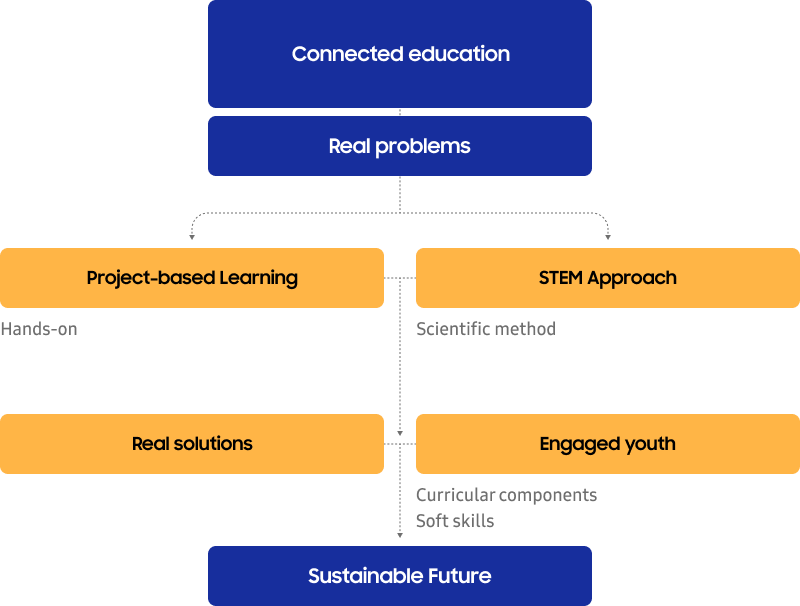The Samsung Solve for Tomorrow program invests in pedagogical practices that mobilize young people, teachers, schools, and communities in the development of projects capable of solving real problems that affect their daily lives. Through Project Based Learning (PBL), focusing on the STEM (Science, Technology, Engineering, and Mathematics) approach, and encouraging creativity, leadership, and collaboration, young people develop the skills and competencies needed to navigate and actively contribute to the solution of great contemporary challenges.
Solve for Tomorrow: The role of the mediator teacher
From this perspective, teachers become mediators, supporting students in their investigations, in their interpersonal relationships, weaving the necessary curricular relationships, endorsing the importance of the scientific method, and encouraging them not to give up, dealing with their insecurities and frustrations.
